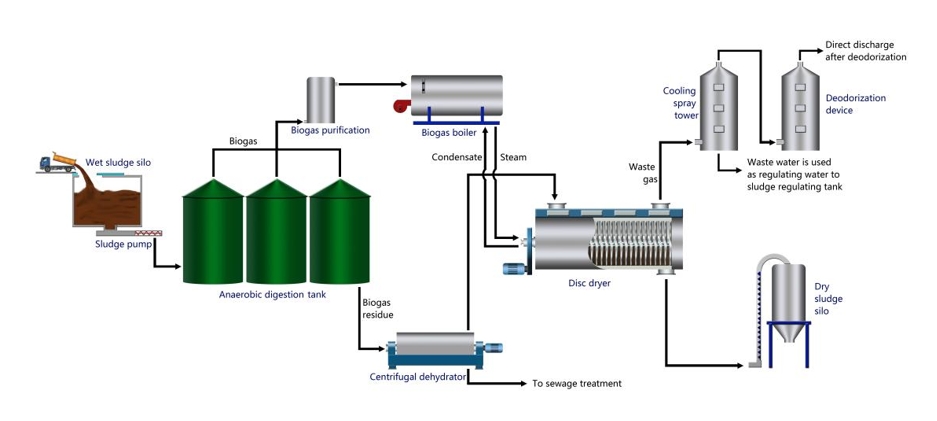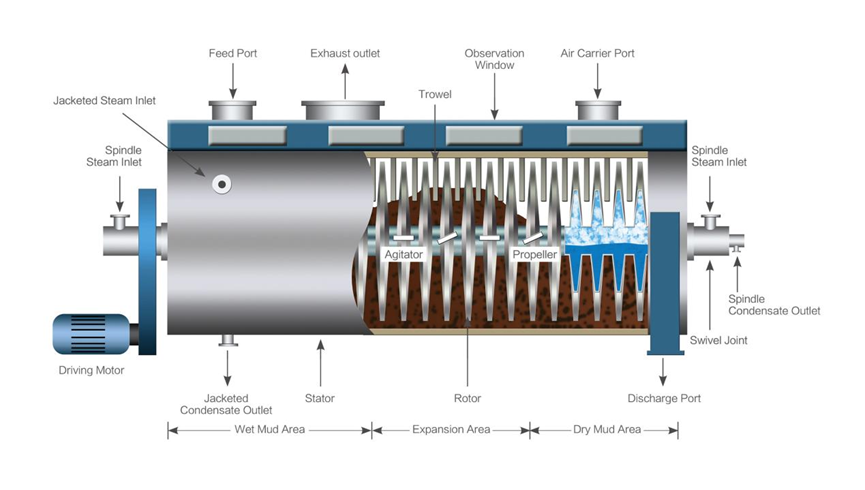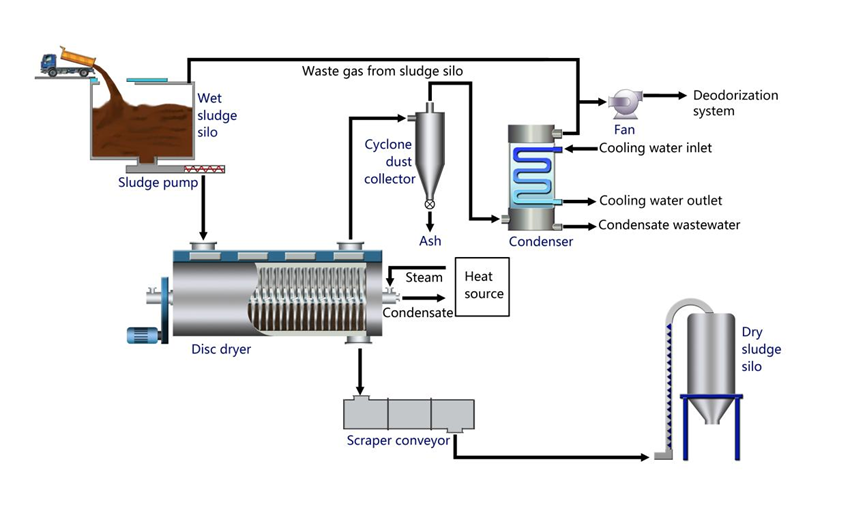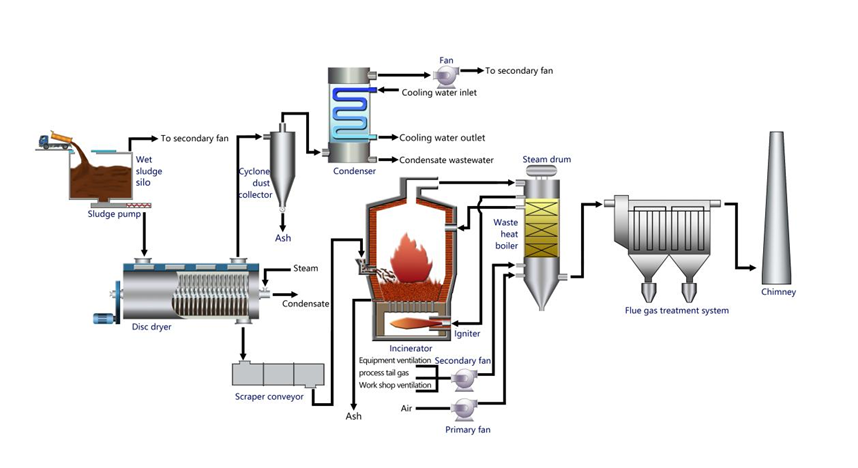

BLOG
Sludge treatment and disposal methods
Sludge treatment and disposal methods
26 February 2024
Sludge is a solid waste generated during the sewage treatment process, with a huge quantity and complex composition. Improper handling not only leads to new pollution to the environment but also wastes the useful resources in the sludge. Sludge treatment and disposal are serious challenges faced by the drainage industry. Currently, countries worldwide are actively promoting and implementing carbon reduction plans, which will have a significant impact on the global climate environment. Implementing low-carbon reforms is imperative for achieving sustainable development.
There are various methods for sludge treatment and disposal both domestically and internationally, typically involving a combination of several methods such as digestion, dewatering, drying, incineration, composting, and landfill to form specific treatment processes.
1. Anaerobic digestion technology: Converts biogas from waste into easily usable, high-calorific value methane gas without the need for ventilation equipment. It has simple facilities, low operating costs, energy-saving features, and the stable nature of the digested sludge allows it to be used as agricultural fertilizer and feed after passing quality inspections.

Anaerobic digestion+drying process
2. Dewatering technology: Dewatering treatment of sludge is an important part of domestic sewage and industrial wastewater treatment. After concentrated dewatering treatment, the volume and moisture content of the sludge are significantly reduced, achieving not only pollution reduction but also reducing the difficulty and cost of subsequent disposal methods such as drying, incineration, or landfill. The design and application of sewage treatment plants should be selected based on engineering practical conditions.
3. Sludge composting: After composting fermentation, organic matter in the sludge becomes mature and stable, eliminating parasitic eggs and pathogens, and improving the fertilizing effect of the sludge.
4. Sludge drying: It is an important way to achieve sludge reduction, stabilization, harmlessness, and resource utilization. It significantly reduces the weight and volume of sludge, kills insect eggs, inhibits bacteria, reduces its pollution and harm, and creates favorable conditions for final incineration, land use, and building material utilization.

5. Sludge landfill: Currently, dewatering and landfill remains the main disposal method for sludge in China. To prevent soil pollution caused by sludge products, strict sludge land use access standards are formulated for sludge treatment methods, land use, and for the utilization of sludge in industrial raw materials and crops.

Drying+Landfill process
6. Sludge incineration technology: When the sludge quality is poor or land resource utilization is limited, incineration is used for thorough and harmless disposal of sludge. Sludge incineration methods include standalone incineration and co-incineration, where standalone incineration involves building dedicated incineration facilities for sludge incineration, while co-incineration involves using existing industrial kilns to incinerate sludge.

Drying+Incineration process
The TIC company's disc sludge drying machine can handle sludge with a moisture content of 60%-85%, using steam as a heat transfer medium. It can be used for both semi-drying and full-drying processes and the drying system can be adapted to meet requirements for landfill or coordinated incineration, among others.



